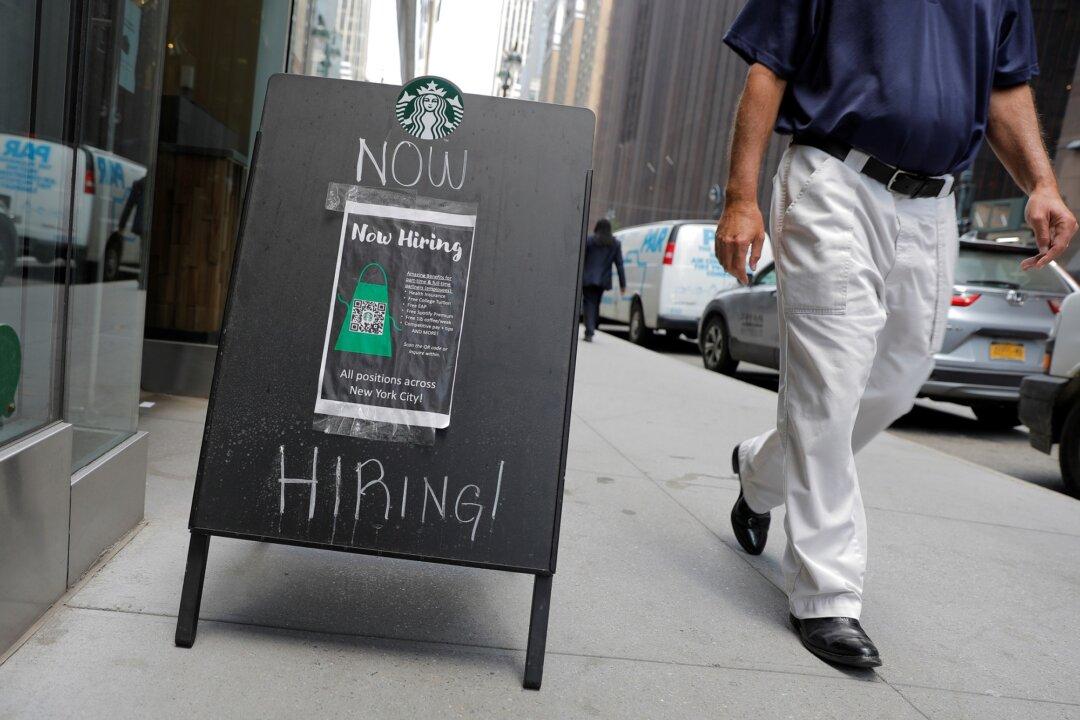WASHINGTON—The number of Americans filing new claims for unemployment benefits fell slightly more than expected last week, pointing to underlying labor market strength despite a recent surge in announced layoffs, mostly in the technology industry.
The report from the Labor Department on Thursday also showed unemployment rolls shrinking a bit in late January after swelling to a two-month high earlier.





